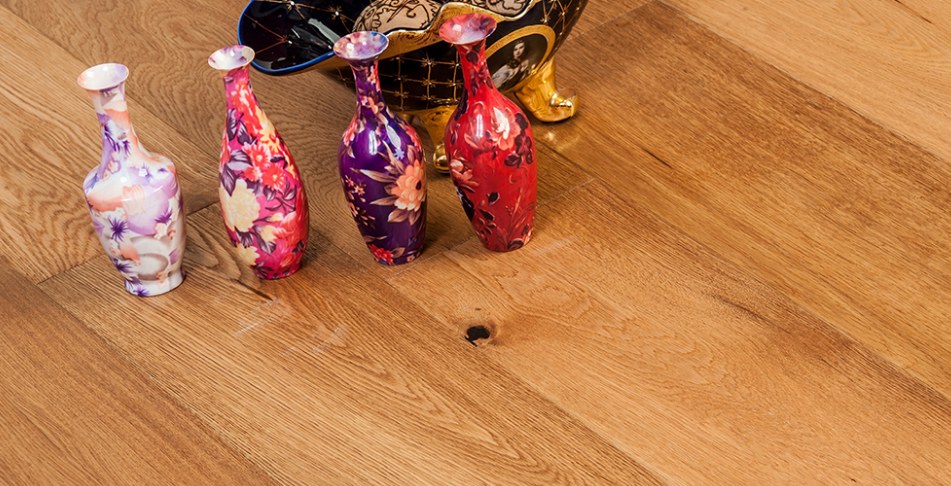Cast vs. Calendared Vinyl

Vinyl is created by taking polyvinycloride polymer (plastic) and adding ingredients that make the substance flexible, UV resistant, the desired color, etc. In the vehicle wrap, window/wall graphics, signage industry there are two primary types of vinyl: cast and calendared. They are termed based on the manufacturing process of the vinyl itself. At Full Sail Graphics & Marketing, we prefer cast vinyl for many reasons. It has long been known at the industry premium because it is higher quality and lasts longer. The paint-like finish of cast vinyl maintains its luster anywhere from 5-12 years, as it is the more durable of the types of vinyl. It has the lowest amount of shrinkage, which allows for application over surfaces with rivets, corrugations, and complex curves.
How It’s Made: Creating cast vinyl is extremely similar to making a cake. The ingredients are all lumped together in an enormous mixing bowl for a set speed and duration. This ensures a complete and consistent mixture. This mixture, now called organosol, is metered onto a casting sheet and processed through a series of ovens to evaporate the solvents.
How It’s Made: Calendared vinyl is created by first mixing and kneading the ingredients. Large, heated, steel rollers then press the ingredients into a thin sheet. That process is known as calendaring. The vinyl goes through multiple heating and pressing processes throughout its creation. The finished product lasts 1-7 years and is good for flat, simple objects like point-of-purchase displays.

